
Years following the Civil War that Knoxville, Tennessee had been able to boast about harmonious racial relations before the riot of 1919.

People to know.
Bertie Lindsey- A white woman, 27 years old, who was murdered around 2:30 AM the morning of August 30, 1919.
Maurice Mays – Proprietor of Stroller’s Cafe, well-known black community member known to be involved with women of both races, former deputy sheriff, and accused of murdering Bertie Lindsey.
John McMillan- Mayor of Knoxville and likely father of Maurice Mays. McMillan had provided Mays the capital to go into business and had supported him financially as a boy when necessary.
Andy White – Knoxville police patrolman who was engaged in a contentious relationship to Maurice Mays. White had vowed to “put [Mays] in either the penitentiary or the electric chair.”
Ora Smyth- Bertie’s cousin who had been staying with her during this time. Smyth is the woman who identified the Mays as the perpetrator of this crime.

On August 29, Maurice Mays and William Mays, his foster father, spent much of the day distributing poll tax receipts through the black community along with campaign cards for Mayor John McMillan. Maurice Mays had rented a horse and wagon for this purpose and returned them at about 8:00 PM. Afterwards. Mays continued endorsing Mays on foot. Around midnight, he got into a car with a friend and drove around. Mays was dropped off near his home and walked the rest of the way home.
According to Ora Smythe, she was awakened at around 2:30 in the morning to find a black male intruder in the home where she was staying with her cousin. After her cousin Bertie, didn’t obey the commands of this intruder, he fatally shot her.

Miles between Maurice Mays’ home and the murder scene.
1 hour after the murder occurred, Knoxville police officers arrived at Maurice Mays’ home.
Maurice Mays, when asked, agreed to allow officers to search his home. Mays had a revolver in his top drawer. Andy White and two other officers claimed that the gun smelled as if it had been recently discharged. William Mays, Maurice’s foster father and Jim Smith, a 12-year officer, did not detect a smell coming from the gun.

In the course of the crime scene investigation, footprints were found near the murder scene in a muddy and wet alley. Little to no mud was found at Mays’ home, and his clothing was clean and dry.
Mays was arrested, and transported toward the crime scene.
Ora Smyth was brought to Mays. Crying, with hair hanging over her face, and physically supported by two policemen, Ora Smyth identified Mays as the man who had committed the crime. Mays protested, begging the officers to let Smyth get a better look at him. Officer White responded, “Damn you, she’s seen you all she wants to!”
Another witness had seen a black man walking near the crime scene around the time of the murder. He was described as a shorter man who was thickly built.
Maurice Mays was 5′ 8″ and weighed around 120 pounds.
Mays was placed in the patrol wagon and taken to jail.

By morning, the Knoxville Journal and Tribune had published a special edition about the murder, telling readers that Bertie Lindsey had been slain in her own home by a Negro.
By 8:00 AM, Police Chief Ed Haynes decided to transfer Mays to the county jail in light of the attention and crowds that these events garnered.
Mays was smuggled out disguised as a woman, wearing a veil, dress and wig. He was safely transported to Chattanooga.

By noon, the Knoxville Sentinel came out with a story that detailed the murder and the following arrest. Talk of mob violence followed, as did talk of a plans for “necktie party,” a euphemism for lynching,
By 6:00 PM, a large, angry crowd had gathered near the jail. Crowd members thought that Mays was in the jail, though officials had told the crowd otherwise. The crowd demanded that a group of citizens be allowed to search the jail for Mr. Mays. Jail and police staff agreed to this search. While the search yielded no results, the crowd remained unsatisfied. A few similar searches followed.
By 7:30 PM, the crowd began to issue explicit threats against the jail.
Eventually, police and jail staff realized that the crowd was beyond what they could control, and they went into the jail, turned off the lights, and bolted the jail’s riot doors.

Minutes it took for the crowd to shatter the jail’s windows by throwing rocks. The crowd then used among other things, a telephone pole and a railroad cross tie as battering rams against the jail’s doors and the bars that protected a ground level window. Eventually, using dynamite, the crowd was able to rip the bars from the window. The crowd poured into the jail and thoroughly searched for Mays. Inside the jail, the crowd found confiscated alcohol, and began drinking.
The mob stole weapons from the jails armory, the safe was broken and emptied. The crowd shot out lights, ripped pipes from the walls, destroyed toilets, and eventually freed white inmates from the jail, including four convicted murderers.
As evening fell, tensions continued to mount. Many black citizens bought ammunition from a local hardware store. Eventually, the store stopped selling it that evening. Armed black citizens stationed themselves around the black part of town vowing to “not let a white face cross Central Avenue.” During this time, some fair-skinned black people were mistaken for white and assaulted before they could correct the mistake.

The ratio between the mob and the National Guardsmen sent to help restore order.
Eventually people began breaking into stores to steal weapons.

Amount of damage in dollars as a result of these raids.
Many black citizens resorted to barricading themselves inside their homes, hiding in forests and in cemeteries, and hiding in the homes or businesses of their white friends. Black people who fled to the train depots were met by armed whites. Some of these blacks attempting to flee the area were shot and/or robbed.
Around 3:15 AM, more National Guardsmen arrived, and were able to secure parts of the city.

The next day, Sunday, many black church services were cancelled. Black congregations were urged to “remain quiet and do nothing which would excuse an outbreak of any kind.”
Attendance at white churches was sparse that day. Here, pastors discouraged mob law and prayed “that the Lord will restrain the evil passion of men so that we may live together in peace.”

Many black people left Knoxville in the days that followed. It is unknown how many returned.
Newspapers reported that 2 people were killed in the riot, and that 14 were injured. However, based on eye-witnesses accounts it is likely that this number is quite low. Additionally, there was no count of those being treated for injuries resulting from the riot. Hospitals hadn’t kept records for those treated, nor had private doctors. Some estimate that there were 25-30 killed. Others call it between 30 and 40. Still other estimates went into the hundreds.
A white storekeeper had been forced by National Guardsmen to drive his wagon through the site where the riot had occurred while they loaded it with bodies. Both wagons and trucks, reportedly, were used to haul corpses to the Tennessee River where they were dumped.
John McMillan lost the mayoral election.
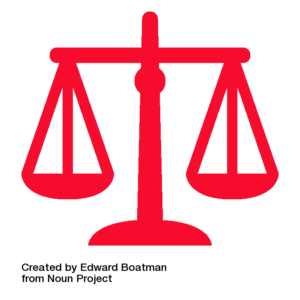
55 white citizens were eventually arrested for participating in the riot. 22 of them were tried together on charges related to their activities at the jail. Charges were dropped against 3 individuals. The jury deadlocked on 5 individuals. 14 of these people were acquitted, bringing the total convictions for participating in this riot to 0.
Maurice Mays was tried for twice for Bertie Lindsey’s murder. In the first trial, the all-white jury found him guilty after deliberating fewer than 20 minutes, and the judge sentenced him to death. However, a recent change to the law mandated that the jury was to decide the penalty in capital trials. As a result, the Tennessee Supreme Court ordered that Mays was to receive a new trial. At the second trial, the all-white jury found him guilty and sentenced him to death.

On March 15, 1922, Maurice Mays died in the electric chair.
Of his last words were these, “I am dying to satisfy a few Republican politicians. I am innocent as the sun that shines. I hope that the politicians are satisfied. Governor Taylor has been told that he would lose 20,000 votes if he interceded for me.”
A year later, John McMillan committed suicide.
Read More


 Following the trip to the governor, black leaders gave a public meeting. Reverend J. Aaron Moore an William Clopton spoke out against the raids, and discussed the general conditions for black people in the area. This meeting was perceived as dangerous, some claiming that Clopton and Moore were explicitly encouraging violence against white people.
Following the trip to the governor, black leaders gave a public meeting. Reverend J. Aaron Moore an William Clopton spoke out against the raids, and discussed the general conditions for black people in the area. This meeting was perceived as dangerous, some claiming that Clopton and Moore were explicitly encouraging violence against white people.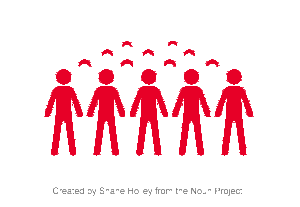
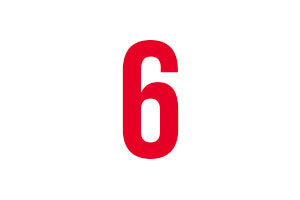 White people who faced preliminary charges of assault, intent to kill, and unlawful assembly. In April, a grand jury refused to indict them. Two months later, the incident was investigated by congressional investigators.
White people who faced preliminary charges of assault, intent to kill, and unlawful assembly. In April, a grand jury refused to indict them. Two months later, the incident was investigated by congressional investigators.
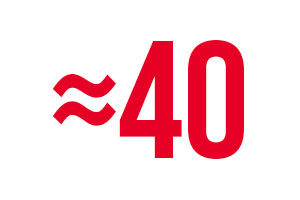

























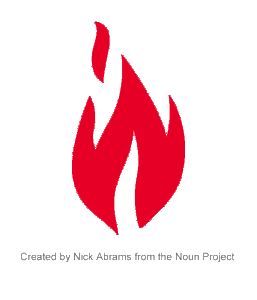





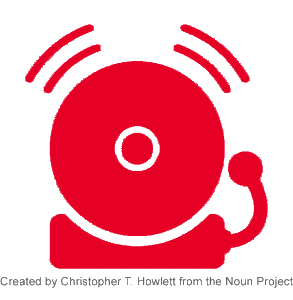


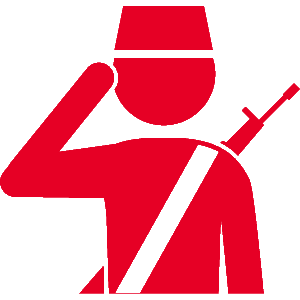







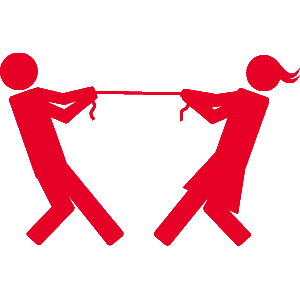




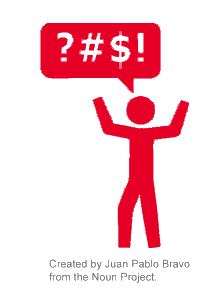






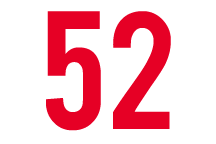












 Number of people who were rumored to attend a Republican meeting on September 13 in Washington, Louisiana (6 miles from Opelousas). In response, parish whites armed themselves believing that blacks intended to burn Washington to the ground and murder the inhabitants.
Number of people who were rumored to attend a Republican meeting on September 13 in Washington, Louisiana (6 miles from Opelousas). In response, parish whites armed themselves believing that blacks intended to burn Washington to the ground and murder the inhabitants.

